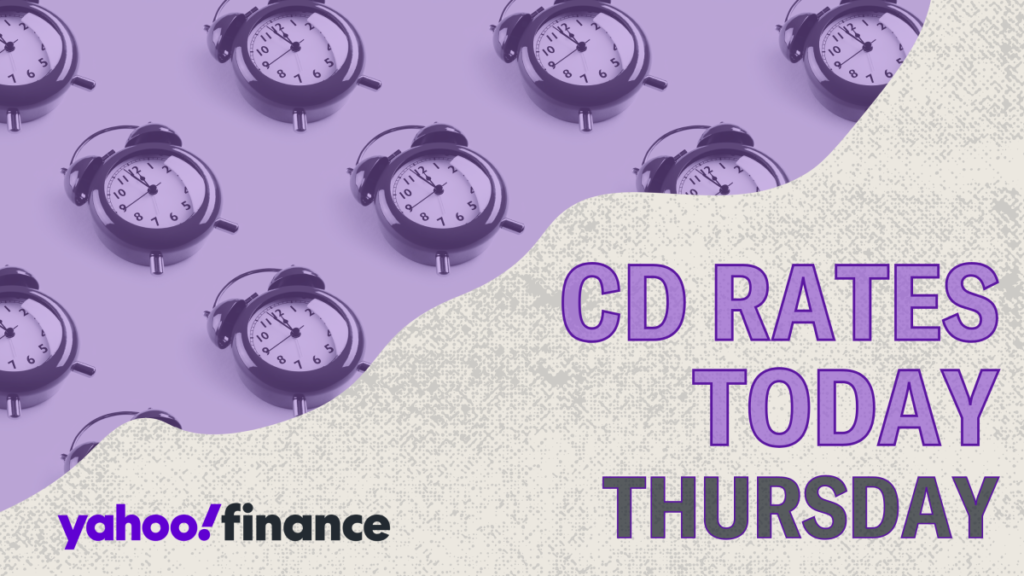In the past month, the Federal Reserve made headlines by lowering the federal funds rate, a move that has led to a decline in deposit account rates across the board. Experts anticipate further rate cuts in the upcoming week, which raises concerns about the potential diminishing returns on traditional savings products. However, this scenario presents a unique opportunity for investors to secure competitive returns by investing in certificates of deposit (CDs) while the market still offers attractive rates. This summary provides an overview of current CD rates, highlights strategies for locking in favorable terms, and outlines the essential steps for opening a CD account effectively.
Currently, CD rates are exhibiting relatively high returns compared to historical figures, particularly for shorter terms of around one year or less. Top offers for short-term CDs are hovering around an impressive 4.50% annual percentage yield (APY). On the other hand, longer-term CDs, such as those with two or three-year terms, tend to show slightly lower rates near 4% APY. The standout offer among reviewed financial institutions is from Capital One, which features an 11-month CD with a notable 4.50% APY and zero minimum opening deposit requirements. These figures signify a continued trend stemming from the Federal Reserve’s previous interest rate hikes aimed at combatting inflation, which had resulted in historically high CD rates not seen for over a decade.
After a prolonged period of low interest rates, the Federal Reserve began increasing rates in March 2022 to tackle inflationary pressures. As a consequence, CD rates began to rise, reaching levels that low-rate savers had not enjoyed in many years. However, with the Federal Reserve’s decision to lower the federal funds rate in September, driven by a positive economic outlook and decelerating inflation, the market for CDs is facing a transitional phase. It’s critical to note that while federal funds rates do not directly translate to changes in deposit interest rates, they are closely correlated. Therefore, as the Fed lowers its rates, banks typically adjust their CD rates downward, making it imperative for potential investors to lock in current offers before they further decline.
Opening a CD account is a straightforward process; however, it may differ slightly depending on the financial institution. The first step is to conduct thorough research on available CD rates, as comparing options can significantly influence your return on investment. Beyond interest rates, prospective customers should examine other factors such as the length of the CD term, any minimum deposit requirements, and associated fees, ensuring that the chosen account aligns with their financial goals. For instance, it is wise to avoid excessively lengthy CD terms to prevent incurring early withdrawal penalties if access to those funds is required sooner than expected.
As you prepare to open a CD account, organizing key documents will simplify the application process. Essential information typically includes your Social Security number, current address, and identification, such as a driver’s license or passport number. Being prepared not only expedites the paperwork but also minimizes delays in approval. Most institutions offer the convenience of online applications, although some may require in-person visits, especially for larger funds. In general, completing the application takes only a few minutes, and applicants can often receive instant approval notifications.
Once the application for a CD has been approved, the final step is funding the account. This can commonly be achieved through electronic transfers from existing accounts or by mailing in a check. It’s crucial to ensure adequate funding, as the amount deposited will determine the interest earned over the term of the CD. In conclusion, with the cooling off of federal interest rates, the present market allows for a strategic investment in CDs to preserve earning potential. By understanding current offers, approaching CD selection methodically, and following a clear application process, investors can maximize their financial gains in this low-rate environment.

